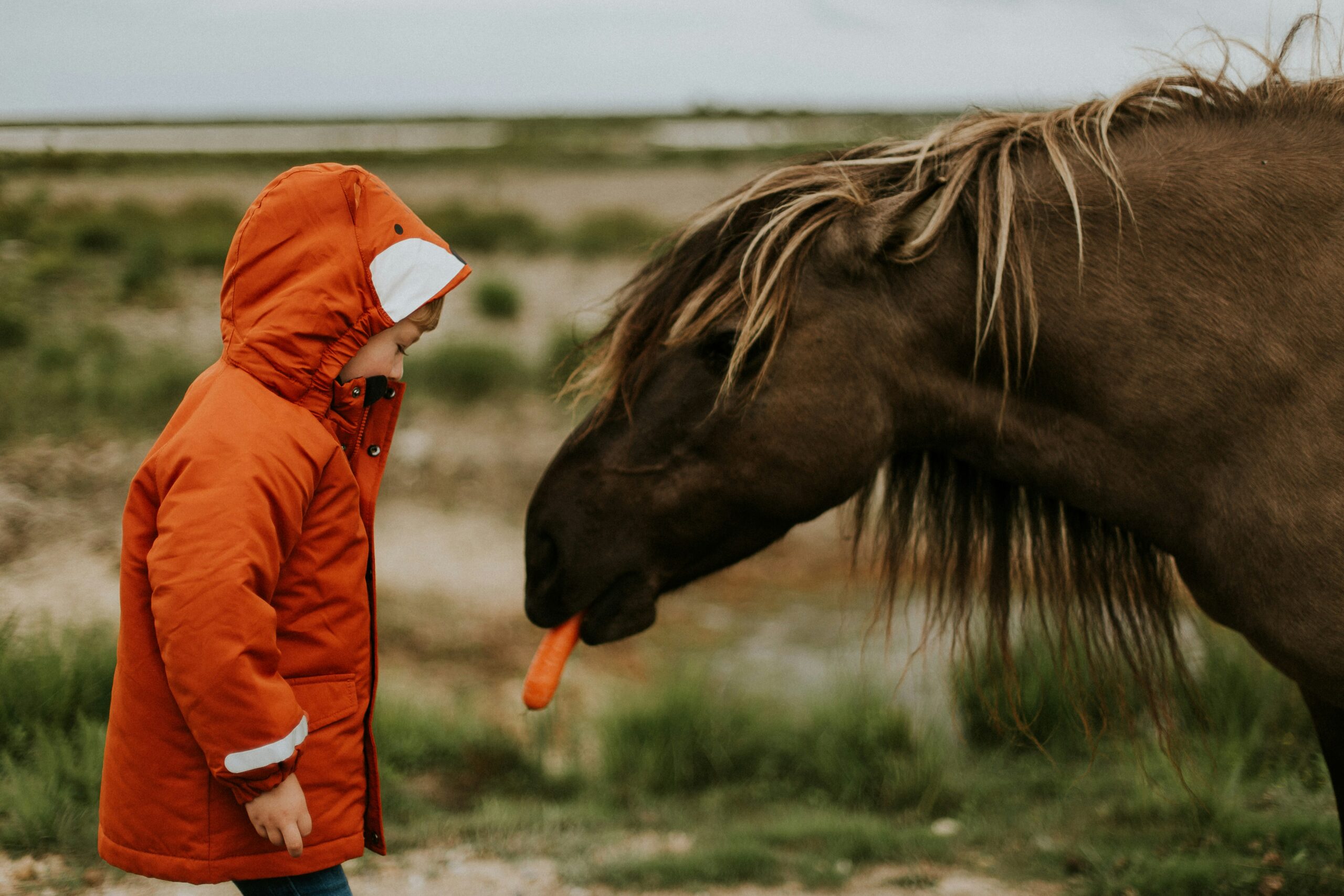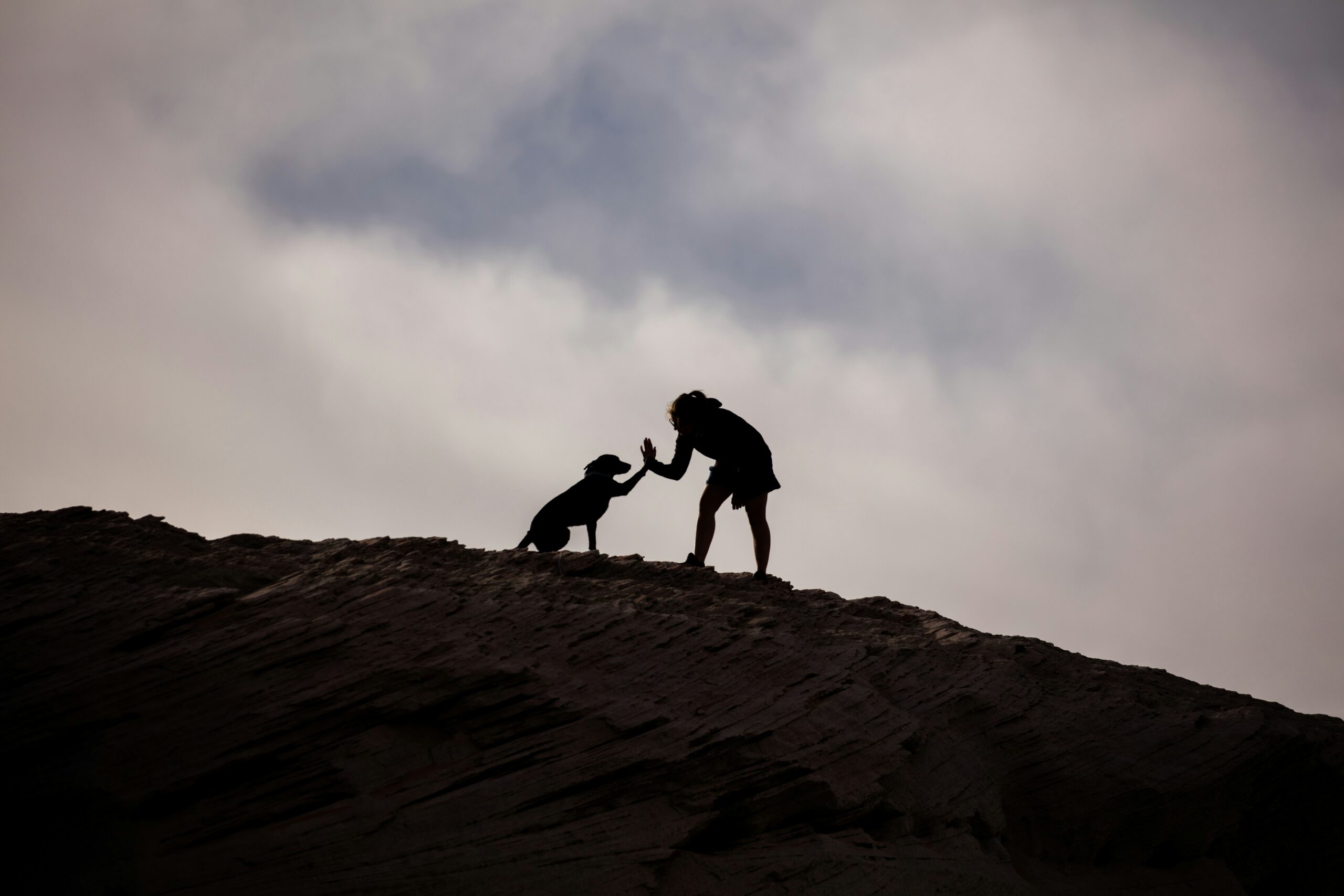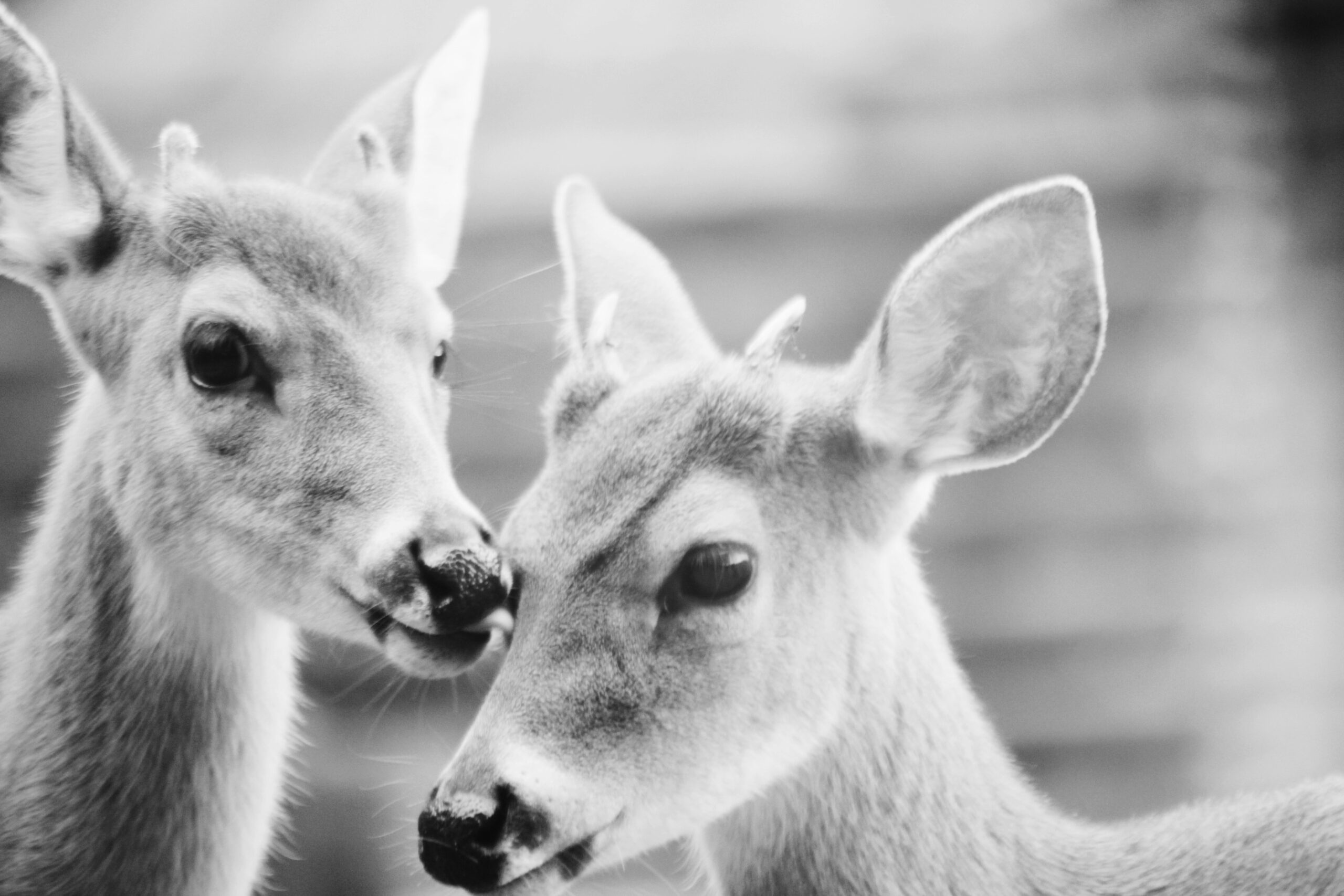Introduction
The relationship between humans and animals is a dynamic partnership that has evolved over millennia, shaping societies, ecosystems, and individual lives. From the earliest days of hunting alongside wolves to modern conservation efforts and pet companionship, humans and animals have been partners in time, adapting to each other’s needs and environments. This article traces the evolution of this relationship, exploring its historical roots, societal impacts, and future trajectories. By examining the interplay of survival, culture, and innovation, we uncover how these partnerships have defined human progress and what they mean for a shared future.
The Dawn of Partnership
The human-animal relationship began in the Paleolithic era, when early humans and animals were competitors and collaborators in survival. Hunter-gatherer societies relied on animals for food, clothing, and tools, but they also revered them as spiritual beings. Cave paintings in Lascaux, France, dating to 15,000 BCE, depict animals like bison and horses with reverence, suggesting a deep connection beyond mere utility.
The domestication of animals marked a turning point. Around 12,000 years ago, humans began taming wolves, leading to the evolution of dogs. This partnership was mutually beneficial: dogs aided in hunting and protection, while humans provided food and shelter. The 2023 Journal of Archaeological Science estimates that dogs were domesticated in multiple regions, reflecting a global pattern of collaboration.
Other animals followed: cattle, pigs, and chickens provided food, while horses revolutionized transportation and warfare. These partnerships transformed human societies, enabling agriculture, trade, and conquest. The domestication of the camel in the Arabian Peninsula, for instance, facilitated trade across deserts, shaping the Silk Road and cultural exchange.
Animals in Ancient Societies
In ancient civilizations, animals were both practical and symbolic partners. In Mesopotamia, oxen powered plows, enabling surplus agriculture that supported urban growth. In Egypt, cats protected grain stores from rodents, earning divine status. The Book of the Dead includes spells invoking animal deities, illustrating their spiritual significance.
In Greece and Rome, animals played diverse roles. Horses were central to military campaigns, while philosophers like Aristotle studied animal behavior, laying the groundwork for zoology. However, practices like animal sacrifice and gladiatorial combats involving beasts reveal a tension between reverence and exploitation, a dynamic that persists today.
In Asia, animals shaped cultural identities. In ancient China, the horse was a symbol of power, with terracotta armies including equine figures. In India, the cow’s sacred status influenced dietary and social practices, fostering a partnership rooted in non-violence. These varied roles highlight how animals were integral to human progress, not just as resources but as cultural cornerstones.
The Middle Ages and Beyond
The Middle Ages saw animals as both laborers and companions. In Europe, oxen and horses were essential to feudal agriculture, while falcons and dogs aided in hunting. Manuscripts like the Bestiary depicted animals as moral lessons, blending science and mythology. For instance, the pelican, believed to feed its young with its blood, symbolized sacrifice.
The Age of Exploration expanded human-animal partnerships. Horses enabled conquest in the Americas, while introduced species like pigs altered ecosystems. The Columbian Exchange, as noted in a 2024 Environmental History study, reshaped global biodiversity, with domesticated animals playing a central role.
The Industrial Revolution marked a shift. Mechanization reduced reliance on animal labor, but the rise of pet-keeping reflected a new emotional partnership. By the 19th century, dogs and cats were increasingly seen as companions, with the first dog shows in England formalizing this bond. This era also saw the birth of animal welfare movements, with the founding of the RSPCA in 1824, signaling a growing recognition of animals’ intrinsic value.
Modern Partnerships
Today, human-animal relationships span companionship, work, and conservation. Pets are a global phenomenon, with the 2024 Global Pet Industry Report estimating a $150 billion market. Dogs, cats, and even exotic pets like reptiles reflect a shift toward emotional partnerships, with humans investing in their animals’ well-being.
Working animals remain vital. In agriculture, animals like goats contribute to sustainable practices, such as grazing to prevent wildfires, as seen in California’s 2025 initiatives. In therapy and service roles, animals like guide dogs and emotional support animals enhance human lives, with a 2023 Journal of Disability Research study highlighting their impact on mental health.
Conservation partnerships are equally significant. In Africa, anti-poaching units work with trained dogs to protect rhinos, blending ancient tracking skills with modern technology. Community-based conservation, such as Namibia’s conservancy model, involves locals in protecting wildlife, ensuring mutual benefits. These efforts reflect a partnership rooted in shared survival, echoing ancient dynamics.
Ethical Evolution
The evolution of human-animal relationships has sparked ethical debates. The rise of factory farming, producing 70 billion animals annually for food, raises concerns about welfare. The Animal Welfare Institute reports that 80% of pigs in the U.S. are raised in confinement, prompting calls for reform. Movements like vegetarianism and lab-grown meat aim to redefine this partnership, prioritizing ethical treatment.
Animal testing, while advancing medicine, faces scrutiny. Alternatives like 3D bioprinting, noted in a 2025 Nature Biotechnology article, reduce reliance on animals, reflecting a shift toward ethical science. Conservation ethics also evolve, with rewilding projects like Europe’s Rewilding Europe initiative restoring habitats for wolves and bears, balancing human and animal needs.
Technological Innovations
Technology has transformed human-animal partnerships. In agriculture, precision livestock farming uses sensors to monitor animal health, improving welfare. In conservation, AI and drones track wildlife, as seen in Australia’s efforts to protect koalas. Pet technology, like smart feeders and health trackers, enhances care, with the 2025 Pet Tech Market Report projecting a $20 billion industry.
However, technology can strain partnerships. Industrial farming prioritizes efficiency over welfare, and social media-driven demand for exotic pets fuels trafficking. Balancing innovation with ethics is crucial to maintaining mutually beneficial relationships.
Case Studies in Partnership
The Inuit and Sled Dogs
In the Arctic, Inuit communities and sled dogs have partnered for centuries. Dogs provide transportation and hunting support, while humans offer care and food. A 2024 Arctic Studies Journal article notes that climate change threatens this partnership, as melting ice reduces sledding routes, underscoring the need for adaptive strategies.
Beekeeping and Agriculture
Bees and humans share a symbiotic partnership. Beekeepers manage hives, while bees pollinate crops, supporting global food security. The FAO reports that 75% of global crops rely on pollinators, highlighting this partnership’s importance. Urban beekeeping, growing in cities like London, reflects a modern evolution of this ancient bond.
Marine Conservation and Citizen Science
In marine environments, citizen science programs engage humans in protecting species like coral reefs and sea turtles. Divers collect data on reef health, as seen in Australia’s Great Barrier Reef projects, fostering a partnership where humans act as stewards, ensuring animals’ survival.
The Future of Partnership
The future of human-animal relationships hinges on sustainability and empathy. Climate change threatens shared ecosystems, with the IPCC predicting a 20% increase in species extinction risk by 2050. Collaborative conservation, such as cross-border efforts to protect migratory species, will be critical.
Education and policy will shape this evolution. Schools incorporating animal welfare curricula, like those in Sweden, foster empathy in future generations. Policies promoting sustainable agriculture and wildlife protection, such as the EU’s Green Deal, support ethical partnerships.
Technology will continue to play a role, from lab-grown meat reducing farming’s impact to AI enhancing conservation. By prioritizing mutual benefit, humans can ensure that their partnership with animals remains a cornerstone of progress.
Conclusion
The evolution of human-animal relationships reflects a journey of partnership, from survival-driven alliances to emotional and ethical bonds. As partners in time, humans and animals have shaped each other’s histories, creating societies where both thrive. While challenges like industrialization and environmental change persist, innovation, education, and empathy offer paths to a sustainable future. By honoring this partnership, humans can ensure that animals remain not just resources or companions, but true partners in shaping a shared world.




